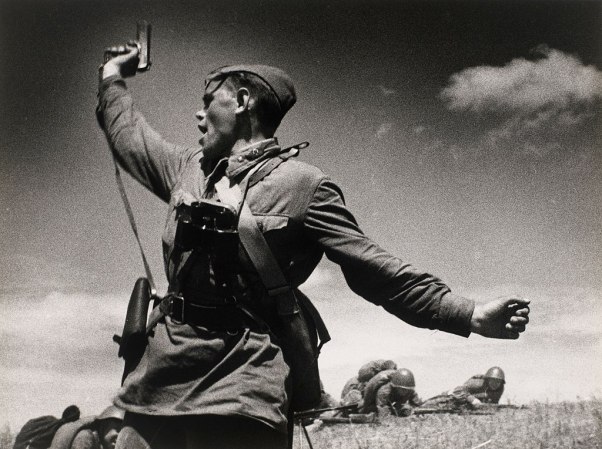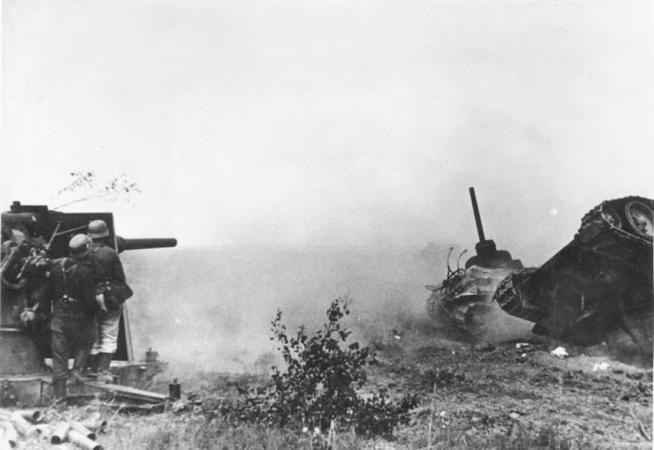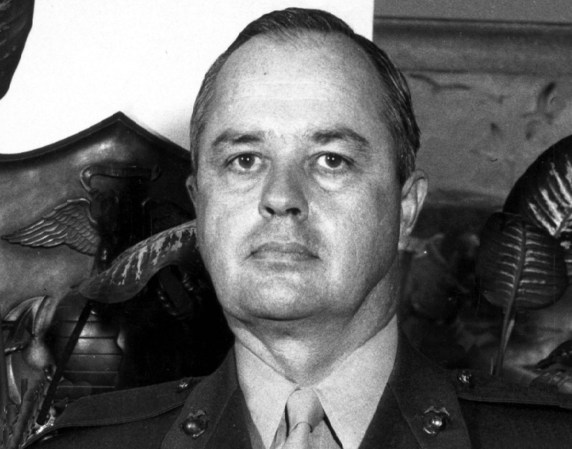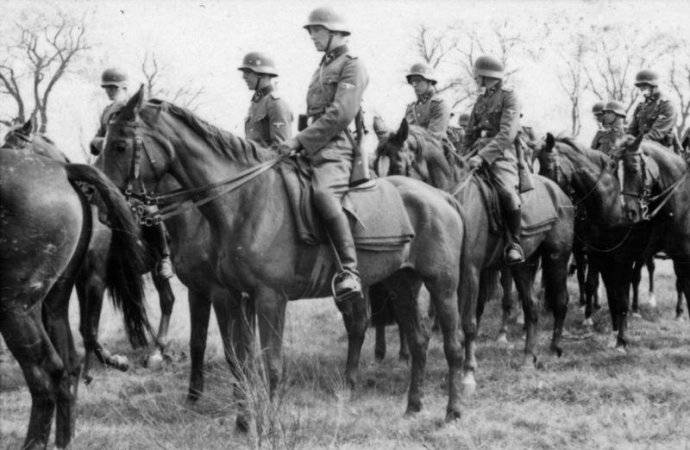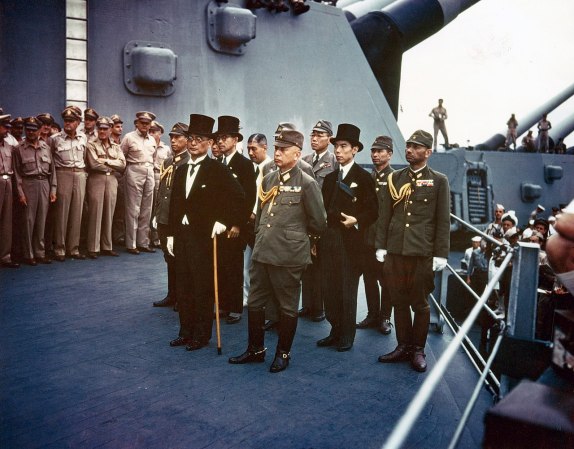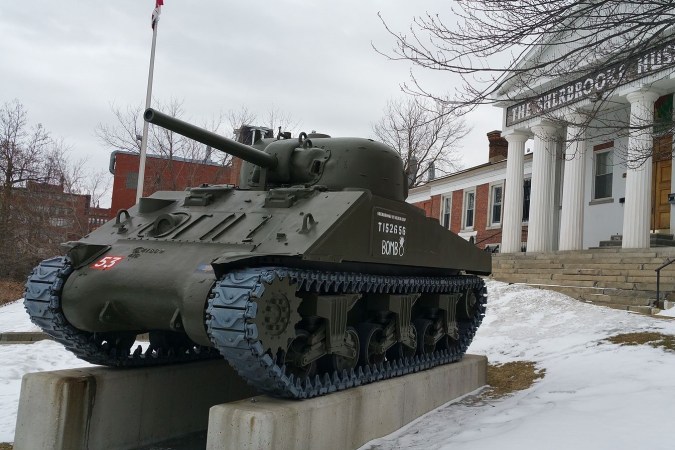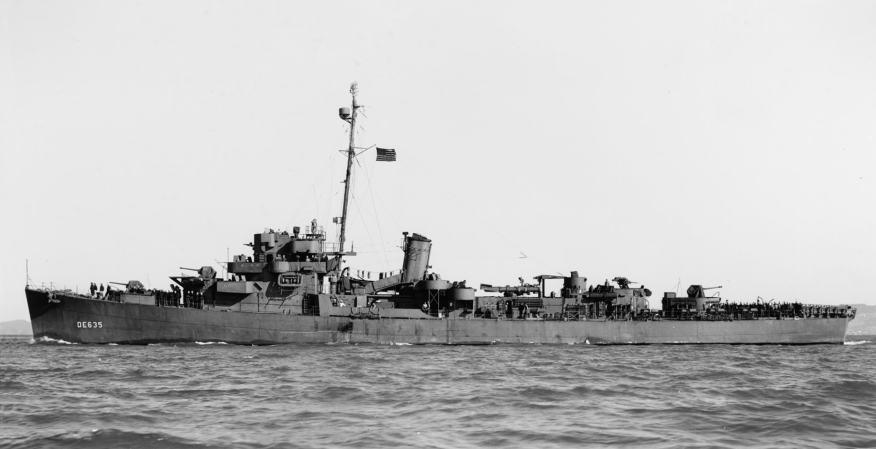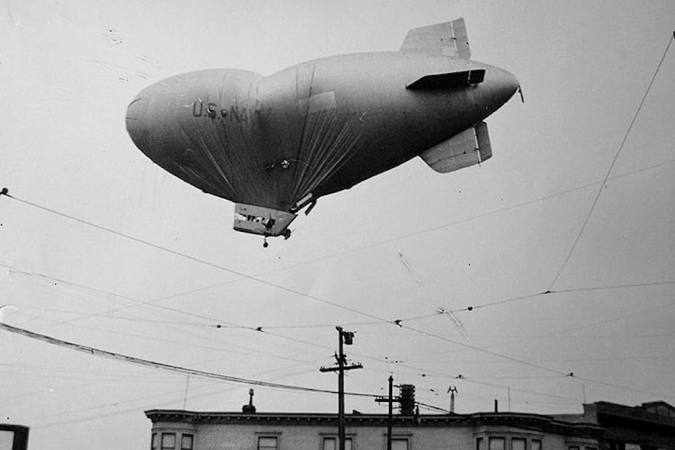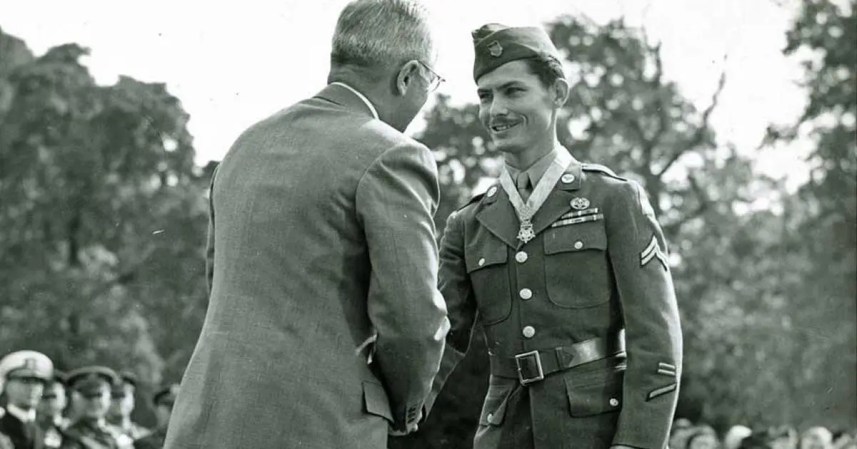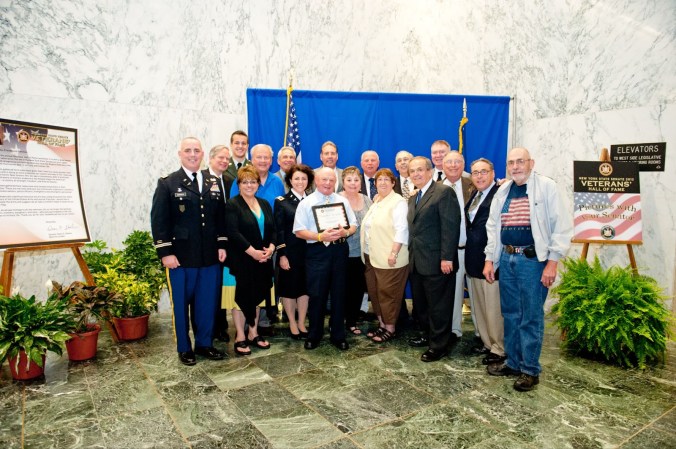A few World War II movies feature incredible scenes of troops — usually soldiers or Marines — fighting tooth and nail against an enemy until they’ve expended most of their ammo, all of their grenades, and are stuck in their final defensive position.
That’s when someone does something crazy and starts throwing mortar rounds at the oncoming onslaught. The huge bursts of shrapnel wipe out groups of the enemy forces, breaking up the attack and allowing the heroes to emerge victorious.
Skip ahead to 0:28 in this clip to see this happen:

But most mortar rounds in World War II could be thrown this way. It was just incredibly dangerous and rarely done.
While new proximity fuzes — those which detonate a specified distance from the surface — were developed during World War II, most mortar rounds carried impact fuzes that used the physical force of the mortar striking a rock or something to trigger the charge.

This caused surface bursts, and most mortarmen wanted their rounds that were detonating against the surface to explode immediately. The further the main charge makes it into the ground before it explodes, the greater amount of the explosion that will be absorbed by the mud and dirt.
So weapon designers made fuzes that were very sensitive. To prevent the fuzes from exploding prematurely, designers incorporated impact fuzes with a two-step arming process. This meant a safety pin had to be removed followed by a sudden force such as the propellant exploding to fire the round from the tube.
For soldiers looking to use these mortar rounds as a grenade, they had to remove the safety pin and slam the tail of the mortar round against something solid to simulate the force of the weapon firing. After that, the round would explode from any sudden force applied to the fuze.

This method of triggering, combined with the greater explosive force of a mortar, made them way more deadly than grenades.
Most grenades work using a timer, meaning that a soldier throws it and hopes that the enemy can’t grab the weapon and throw it back before it detonates.
But a hand-thrown mortar round will usually explode as soon as it hits the ground or a solid object, making it nearly impossible to throw back.
At least two soldiers used this to their advantage in World War II. Technical Sgt. Beauford T. Anderson threw mortar rounds to drive off a Japanese attack on Okinawa, and Cpl. Charles E. Kelly used mortar ammunition during his final defense of a storehouse being overwhelmed by the Germans in Italy.
This procedure comes with high risks. A round that falls short of the intended throw will almost certainly go off, potentially killing friendly troops and the thrower, and a round that is dropped after arming could go off, killing the operators. Still, for a happy few, the risk was worth the reward.



